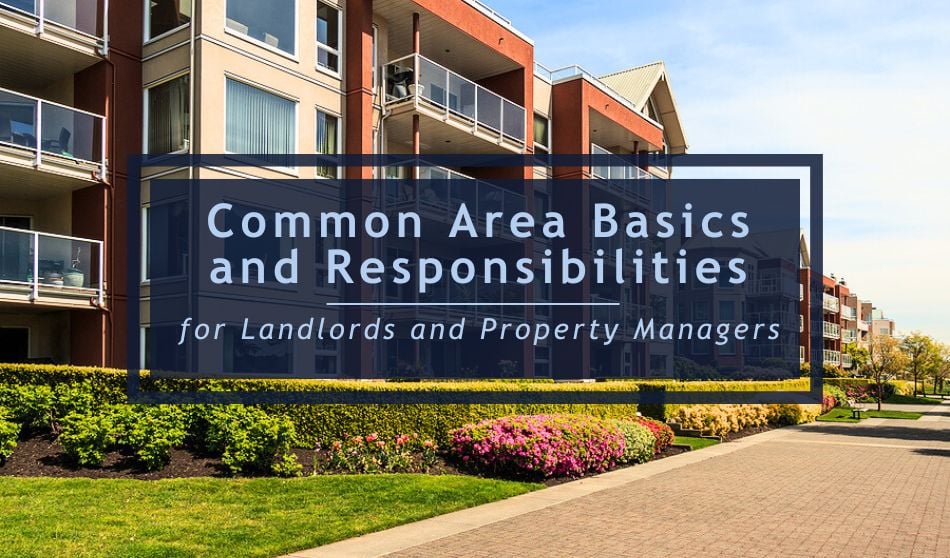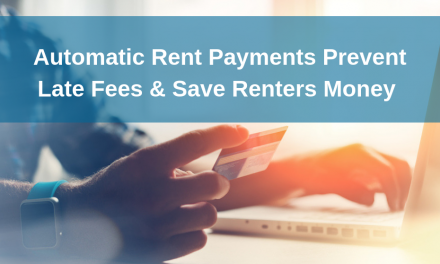
Maintaining common areas is a legal obligation and a key factor in making your property attractive to current and prospective tenants. Properly managing and upgrading common areas and amenities can significantly enhance tenant satisfaction and your property’s overall value.
Understanding common area basics, as well as your responsibilities as a landlord or property manager, is crucial to your apartment’s overall ROI. While maintaining common areas is a legal responsibility for housing providers, it is also a crucial part of making your property welcoming to prospective tenants and current tenants alike.
Landlords and property managers must know what is considered a common area, how to correctly maintain and track charges or maintenance for those areas, as well as get an understanding of what common areas and amenities are worth upgrading or adding in the future.
What is a common area at a rental property?
At your rental property, common areas are any parts of the building or property that are shared for the residents’ mutual benefit. Some common areas are easy to spot, and amenities like apartment pools, lounges, and foyers are easily associated with access for every tenant.
However, some common areas are behind the scenes and inaccessible to tenants in everyday life. These are features like fire escapes, shared utilities, and staff areas that must be maintained for the function and safety of the property.
Examples at Residental Properties:
While this list is not exhaustive, it is generally comprehensive for most residential properties. Keep in mind that any additional or unusual amenities may be included in your property’s common area list, and any outdoor or indoor spaces designated for use for more than one tenant should be included on a common area list for your individual property.
- Leisure Areas:
- Lounges
- Foyers
- Playgrounds
- Parks
- Gardens
- Gyms
- Cafes
- Kitchen areas
- Building Features for Tenant Use:
- Entrances and exits
- Stairwells
- Hallways
- Foyers
- Parking lots
- Elevator lobbies
- Building Service/Utility Systems (Plumbing, HVAC, etc)
- Building Features Tenants May Not Access Regularly:
- Fire Escapes
- Rooftops
- Basements
- Staff areas
- Basements
- Rooftops
Landlord and Property Manager Responsibilities for Common Areas
Renters have a right to a safe and healthy home; in most states, this is referred to as the implied warranty of habitability. While each state and municipality has different laws and regulations specific to accessibility, safety, and general building codes, it is important to realize that common areas will fall under these regulations. Maintaining a clean and safe environment within your common areas is the responsibility of a landlord or property manager.
Learn more: What Is An Uninhabitable Rental Property?
Keeping common areas clean is key to maintaining a habitable and welcoming environment for your tenants. Particularly in common areas like stairways and entrances, mitigating issues like trip and fall risks is also paramount.
Learn more: 5 Slip Prevention Tips For Your Rental Property: Infographic
Whether your property operates with an on-site property manager, or you hire vendors to take care of regular maintenance and cleaning, it is vital to hire vendors or managers that you trust.
Learn more: Ultimate Guide To Vendor Management
Tracking Common Area Maintenance and Charges:
When dealing with a large rental property with multiple units, there’s no doubt that a property management software solution will be a big help. A software that can track your accounting metrics as well as assist with maintenance reminders and work orders is imperative, especially when dealing with tracking things like common area maintenance or charges.
Common area maintenance charges, often referred to as CAM charges, are convenient ways to track and manage common area maintenance charges within your property management software’s accounting tools. CAM charges allow you to conveniently automate the billing of shared expenses like landscaping, maintenance, and electricity on one comprehensive and isolated monthly invoice. This makes it significantly easier for your tenants to know what has been charged and offers transparency for tenants.
Common Area Tips and Ideas:
Common areas can often make or break a rental, especially in a hot market. Studies have shown that the youngest generation of renters want shared community spaces. and creating excellent common areas for your tenants to enjoy will ensure that you separate yourself from the rest of your competition.
While many common areas and amenities can be an expensive investment, they can also contribute significantly to your property’s overall ROI. Some ideas that you can utilize are more cost-effective than others, and in the end, tenants will appreciate any amenity that they are able to glean enjoyment from that fosters community within your rental property. When choosing an amenity or common area to add to your rental property, consider both the initial cost, the potential tenant enjoyment, and the expenses that may be associated with maintaining that common area in the future.
Learn more: 6 Ideas For Creating Common Areas Your Residents Will Love





